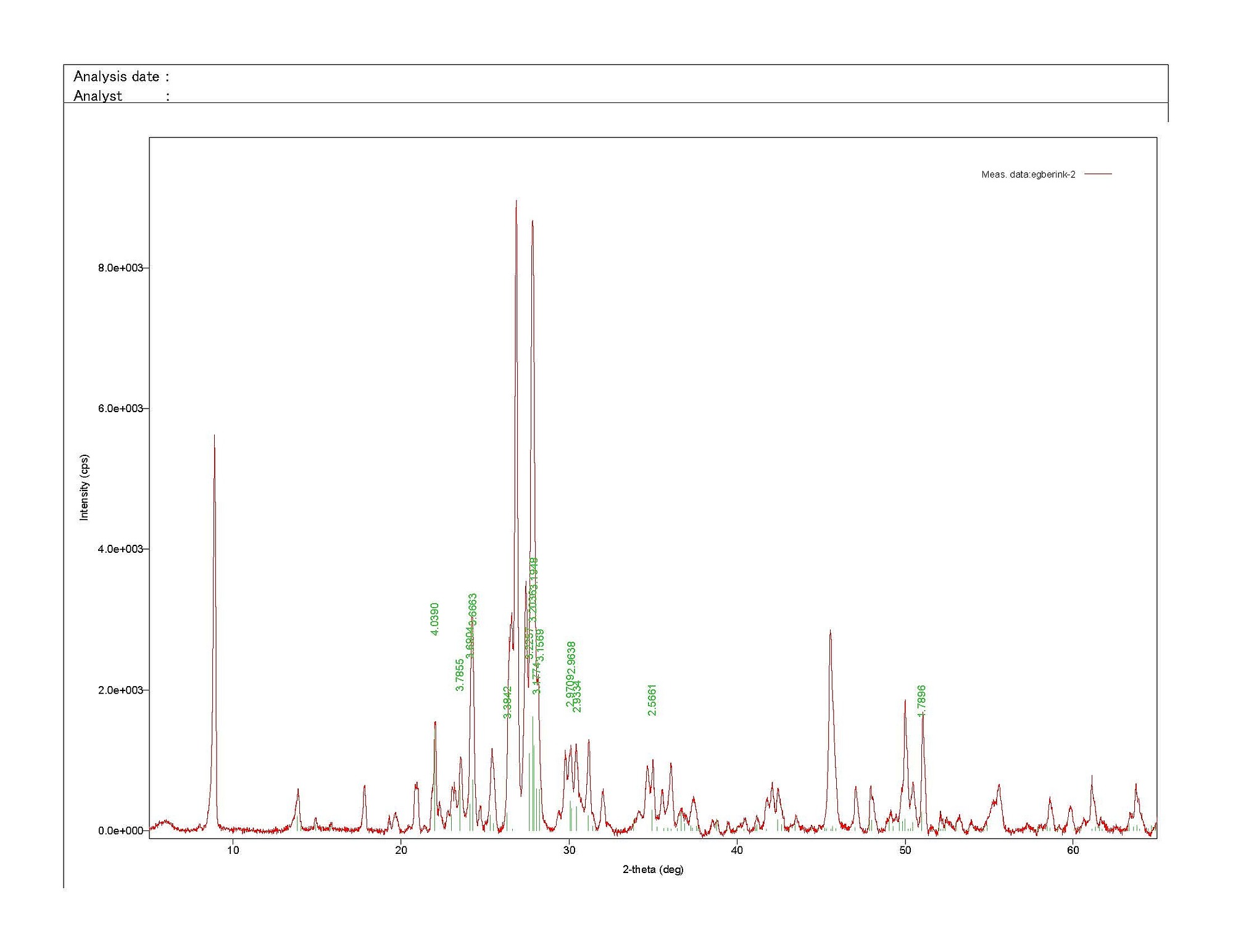╳Discussions
💬 Home🔎 Search📅 LatestGroups
EducationOpen discussion area.Fakes & FraudsOpen discussion area.Field CollectingOpen discussion area.FossilsOpen discussion area.Gems and GemologyOpen discussion area.GeneralOpen discussion area.How to ContributeOpen discussion area.Identity HelpOpen discussion area.Improving Mindat.orgOpen discussion area.LocalitiesOpen discussion area.Lost and Stolen SpecimensOpen discussion area.MarketplaceOpen discussion area.MeteoritesOpen discussion area.Mindat ProductsOpen discussion area.Mineral ExchangesOpen discussion area.Mineral PhotographyOpen discussion area.Mineral ShowsOpen discussion area.Mineralogical ClassificationOpen discussion area.Mineralogy CourseOpen discussion area.MineralsOpen discussion area.Minerals and MuseumsOpen discussion area.PhotosOpen discussion area.Techniques for CollectorsOpen discussion area.The Rock H. Currier Digital LibraryOpen discussion area.UV MineralsOpen discussion area.Recent Images in Discussions
Improving Mindat.orgXRD analysis of 'kiwi jasper'
13th Apr 2021 00:02 UTCRolf Egberink
Recently I had some tumbled stones with fancy names analyzed because I had doubts about their exact composition and "Kiwi jasper" was one of them.
That "Kiwi jasper" is not jasper at all is well known to many by now. But what is it? It is indicated by most vendors that the stone is made up of amazonite, tourmaline and rock crystal / quartz.
After my own research, I determined that it does indeed contain quartz (not the clear variety of rock crystal) and a white-gray main mass (probably feldspar) with a slight green tinge here and there (this would have to be the amazonite). The darker grains referred to as tourmaline look under the microscope more like a mica mineral such as muscovite or biotite. I could not come to an unequivocal conclusion myself, so a tumbled stone of "Kiwi jasper" was recently analyzed by X-ray diffraction (XRD) in a laboratory in Germany. I hereby happily share the results to contribute to mindat:
The white-gray main mass with slight green tinge appears to consist of 3 minerals, namely 2 feldspars: albite and orthoclase and a mineral from the smectite group (current name for montmorillionite group). Additional chemical analysis could provide further specification. However, no amazonite or microcline was observed. Orthoclase however is of course closely related to microcline, and MinDat teaches us that the designation amazonite is used 'overenthusiastically' for greenish feldspars including orthoclase. The dark grains have indeed been analyzed as a mineral from the mica group: muscovite. In addition, quartz has been found. no tourmaline was found in this stone.
In summary, "Kiwi jasper" is a rock (most likely a micro granite) consisting of albite, orthoclase, a mineral from the smectite group, quartz and muscovite.
Is this something you would like to add to Mindat? I can provide the XRD graphs co course.
13th Apr 2021 01:36 UTCFrank K. Mazdab 🌟 Manager
13th Apr 2021 02:21 UTCKeith Compton 🌟 Manager

13th Apr 2021 21:44 UTCLarry Maltby Expert
OK, I will stick my neck out. I don’t think that it is jasper (microcrystalline quartz) at all. From the original description it appears to be predominantly feldspar. From the photos it appears to have phenocrysts of quartz and tourmaline. I think that it more likely to be a porphyritic felsite, an igneous rock.
18th Apr 2021 15:17 UTCRolf Egberink
13th Apr 2021 16:21 UTCRolf Egberink
17th Apr 2021 18:33 UTCGregg Little 🌟
18th Apr 2021 15:18 UTCRolf Egberink
13th Apr 2021 21:35 UTCRalph S Bottrill 🌟 Manager
13th Apr 2021 21:58 UTCFrank K. Mazdab 🌟 Manager
13th Apr 2021 23:27 UTCPaul Brandes 🌟 Manager
18th Apr 2021 15:25 UTCRolf Egberink

23rd Jun 2023 09:48 UTCLyndsey Winnington

14th Apr 2021 00:32 UTCAlfredo Petrov Manager
18th Apr 2021 15:26 UTCRolf Egberink
14th Apr 2021 01:00 UTCKevin Conroy Manager
14th Apr 2021 21:59 UTCRalph S Bottrill 🌟 Manager
18th Apr 2021 15:28 UTCRolf Egberink

20th Apr 2021 03:21 UTCD Mike Reinke
22nd Apr 2021 02:46 UTCGregg Little 🌟

22nd Apr 2021 03:42 UTCAlfredo Petrov Manager
22nd Apr 2021 03:42 UTCKevin Conroy Manager
22nd Apr 2021 04:17 UTCFrank K. Mazdab 🌟 Manager
22nd Apr 2021 22:03 UTCRalph S Bottrill 🌟 Manager
22nd Apr 2021 23:15 UTCKyle Beucke 🌟
23rd Apr 2021 00:12 UTCRuss Rizzo Expert
29th Jun 2021 13:29 UTCKristi Hugs

22nd Apr 2021 15:33 UTCNic Collado
Alfredo, you’re quite right but it’s worth remembering that the tradition of calling some calcareous stones ‘soft jasper’ goes back hundreds of years, in Sicily at least. The point of such names, just like with modern pretenders, was to emphasise the rarity of the stone, the difficulty and expense of obtaining it, its similarity to true jaspers in beauty and intensity of colour, and its typical ability to take a high polish. In that respect it's arguably a useful moniker. Here for example is a diaspro tenero di Sicilia (soft jasper from Taormina, Sicily) which is a ‘Micritic limestone or marl with diagenetic colouring. Veins and fractures are filled with calcite’ (description from Oxford University Natural History Museum, Corsi Collection, no. 537.) These Sicilian ‘soft jaspers’ are bedded infills in ancient caves and cavities in the local buff-coloured limestone. This one looks much more like jasper than marble so you can see how it was christened. Interestingly it's visually very similar to a recently discovered fine grained ornamental rock from China, called by the lapidary community Cherry Creek jasper, which must contain no calcite as it is non-reactive to vinegar and is very hard as I can attest.

30th Jul 2023 02:10 UTCRachael Reid
30th Jul 2023 02:41 UTCKevin Conroy Manager

30th Jul 2023 03:48 UTCHerwig Pelckmans

4th Feb 2024 10:02 UTCBecky Elizabeth
4th Feb 2024 11:41 UTCKeith Compton 🌟 Manager

4th Feb 2024 12:27 UTCFranz Bernhard Expert




Copyright © mindat.org and the Hudson Institute of Mineralogy 1993-2024, except where stated. Most political location boundaries are © OpenStreetMap contributors. Mindat.org relies on the contributions of thousands of members and supporters. Founded in 2000 by Jolyon Ralph.
Privacy Policy - Terms & Conditions - Contact Us / DMCA issues - Report a bug/vulnerability Current server date and time: May 7, 2024 13:29:21

















